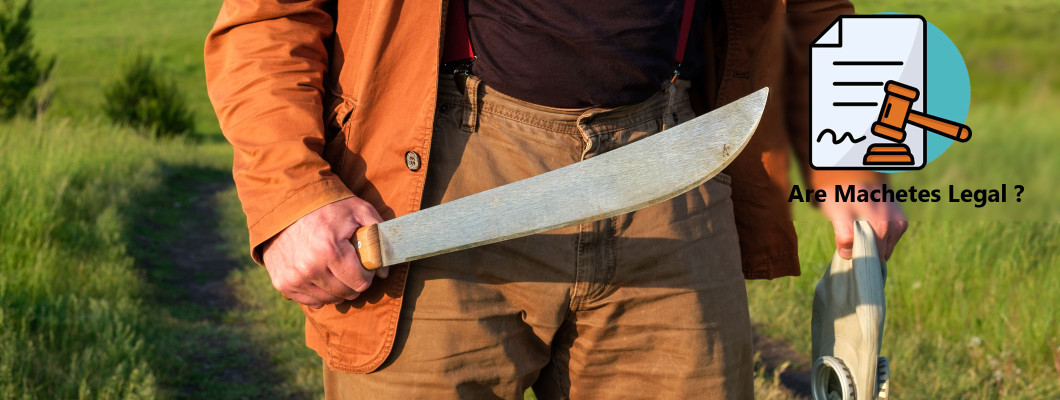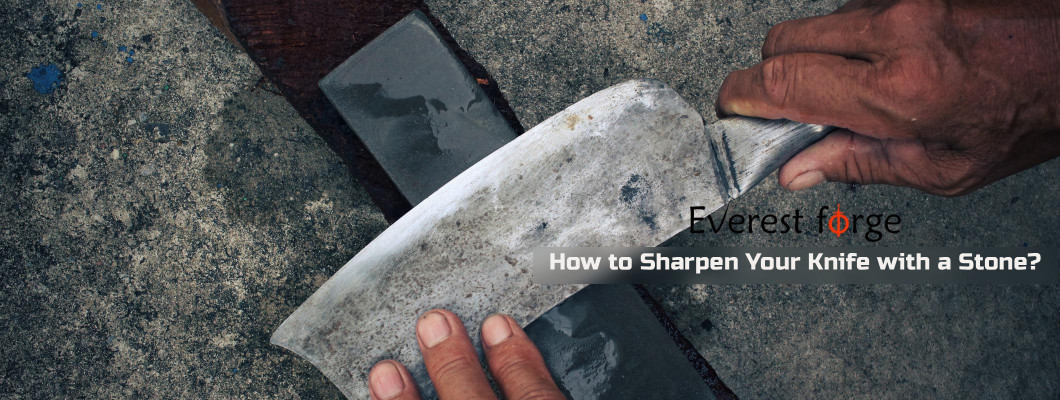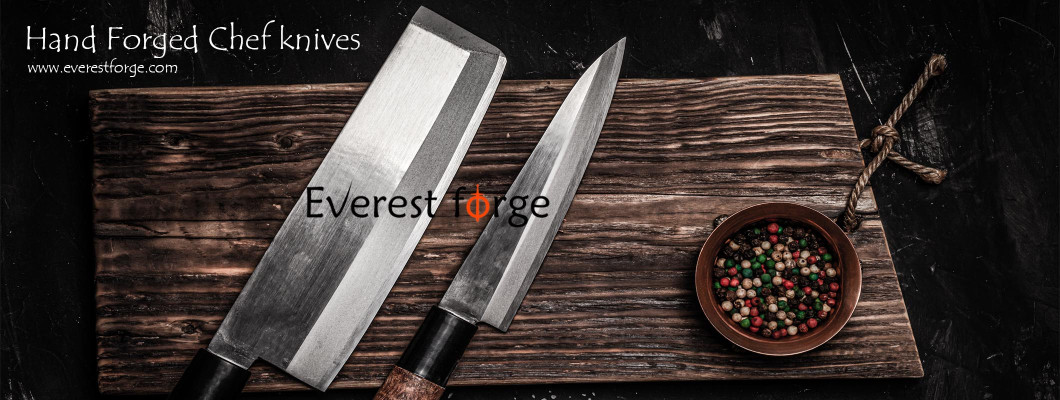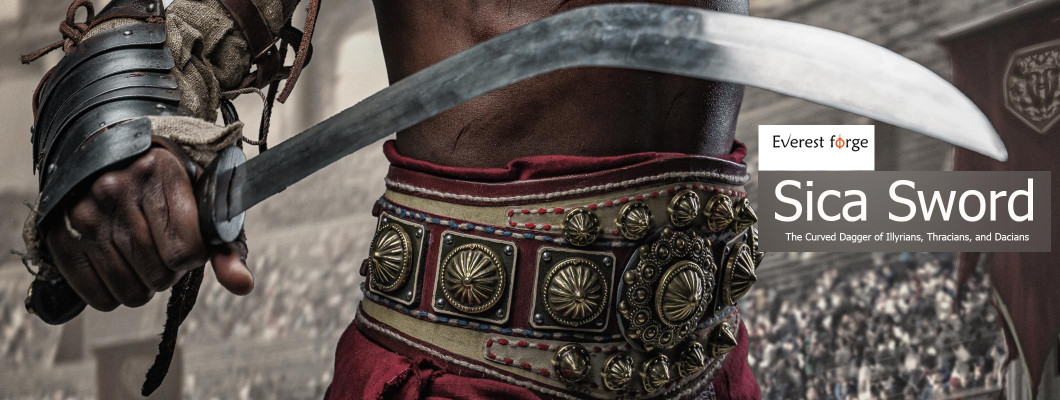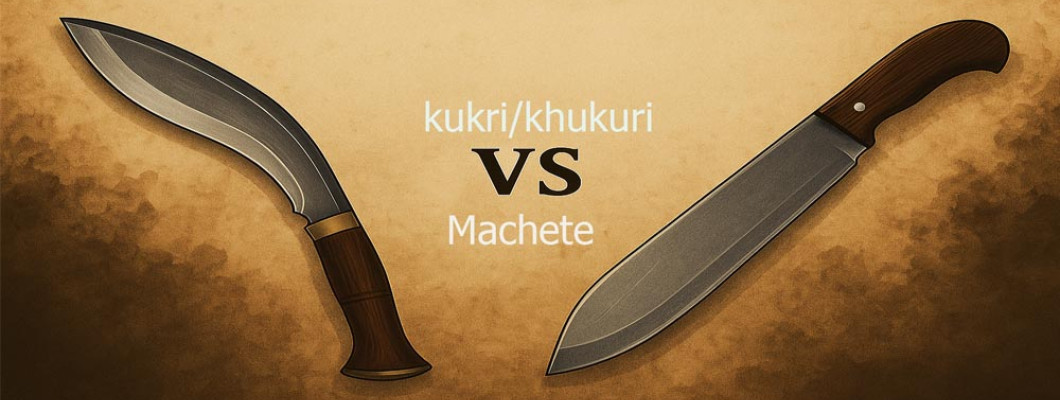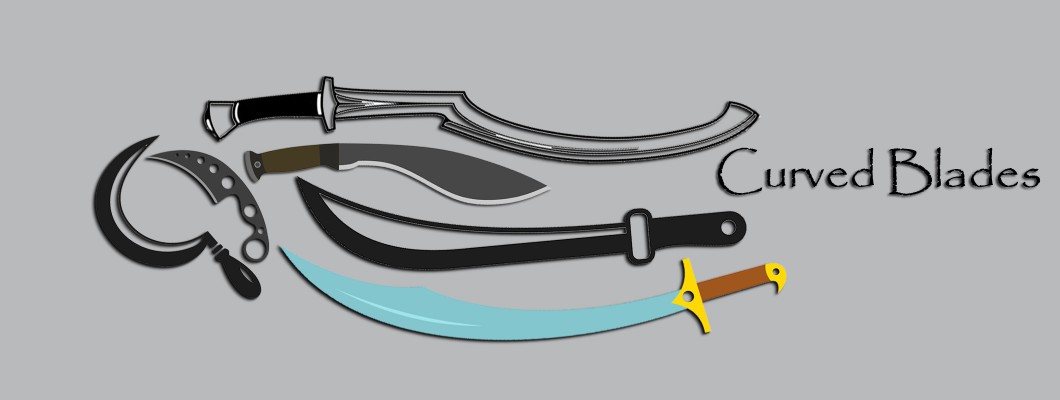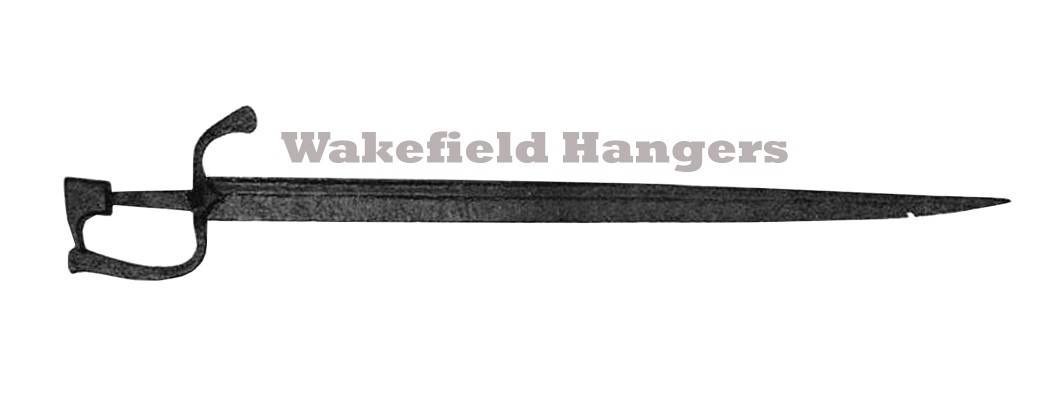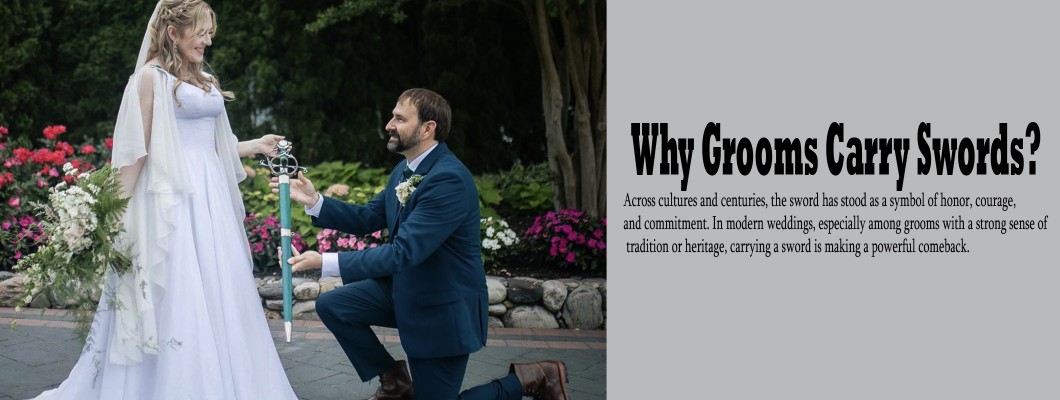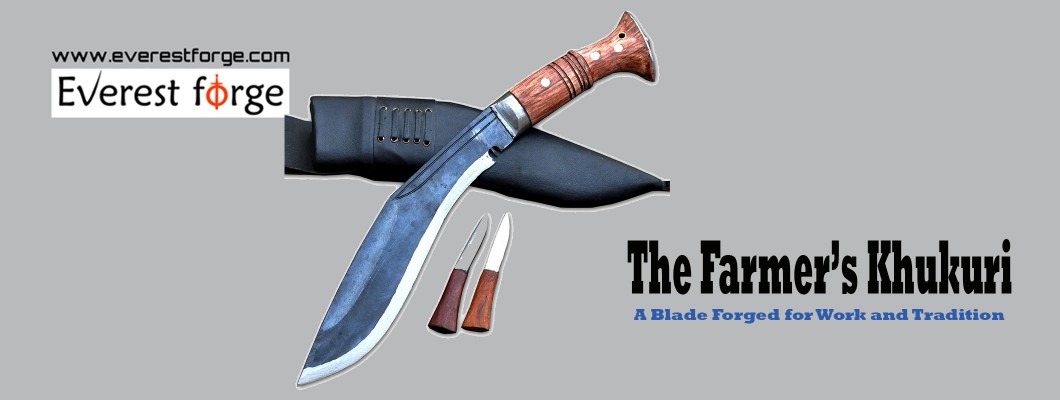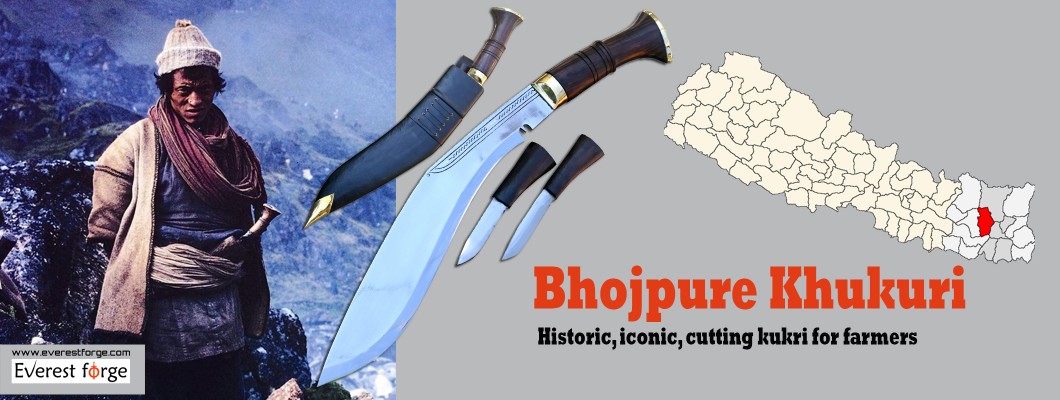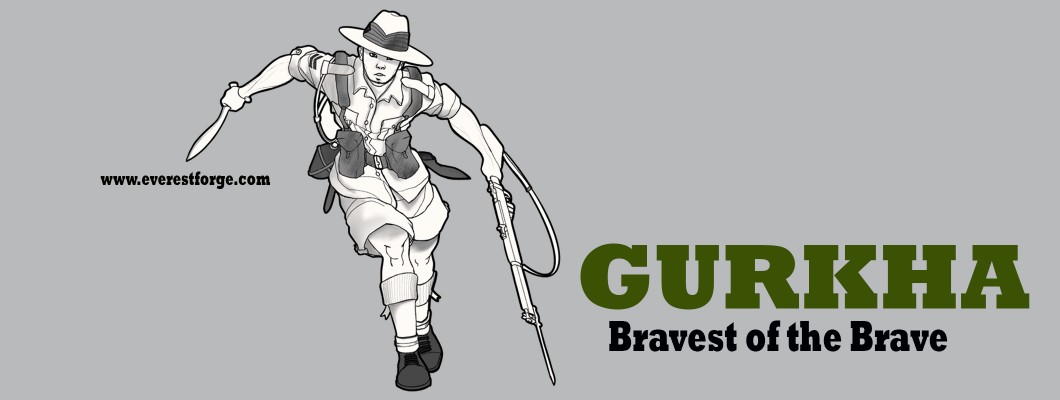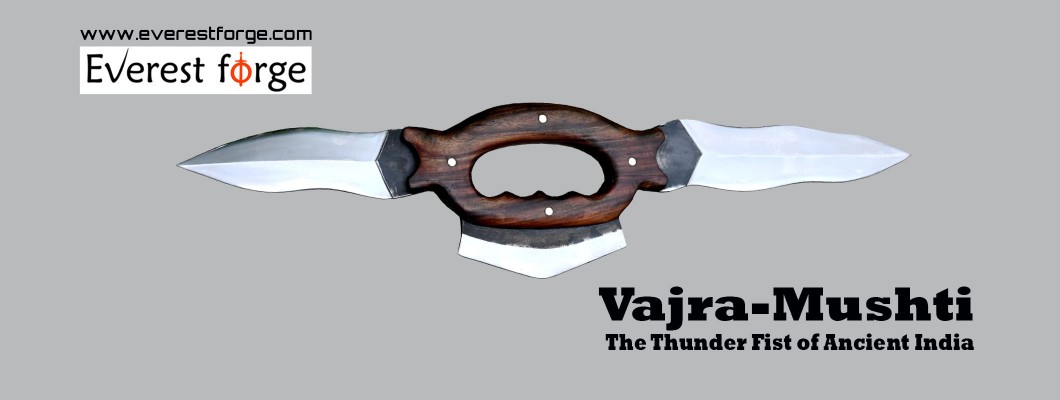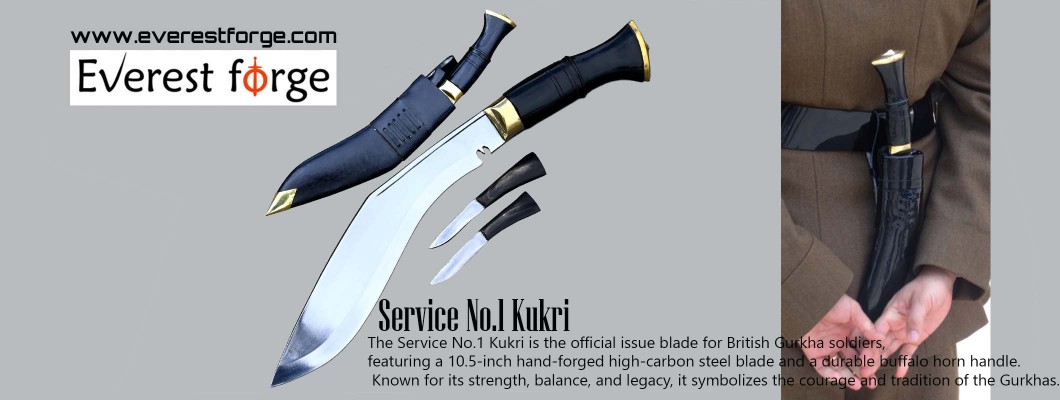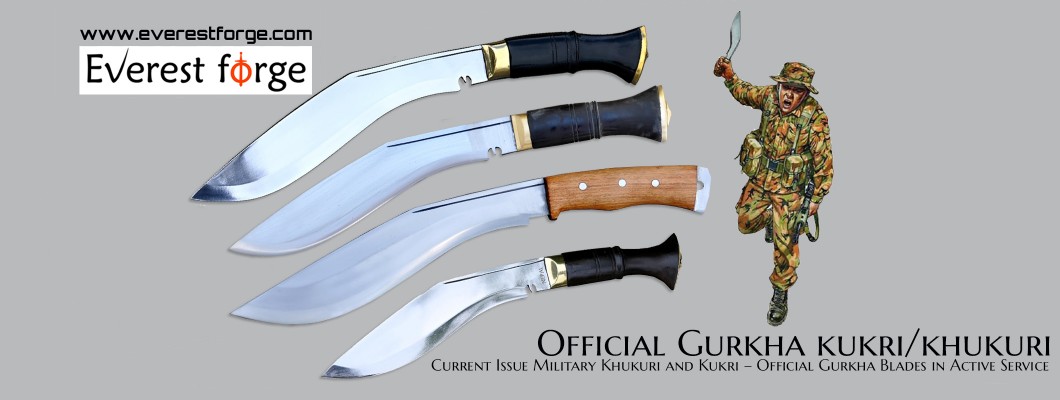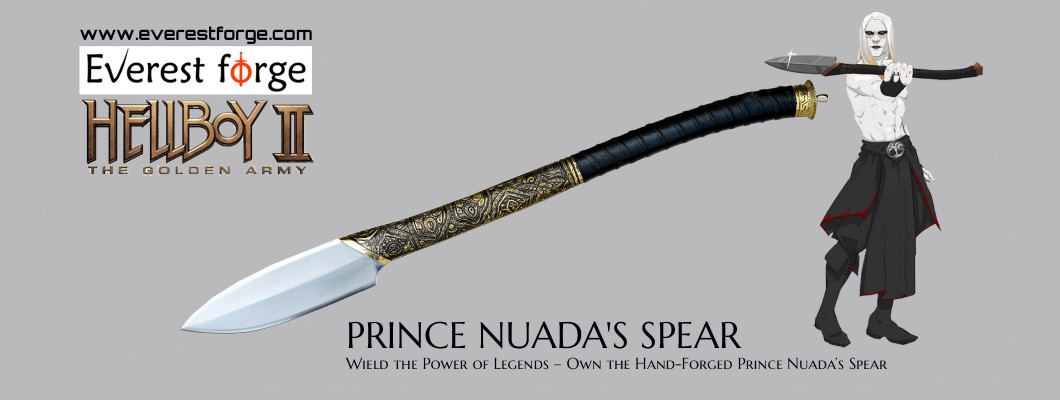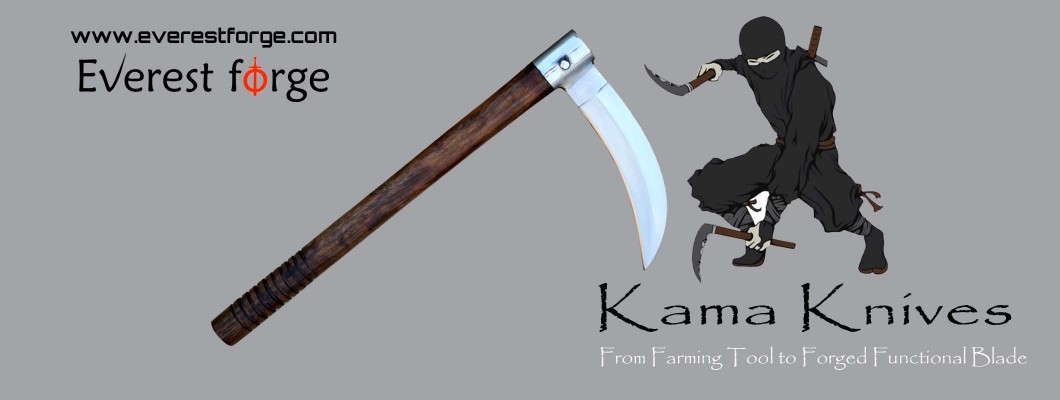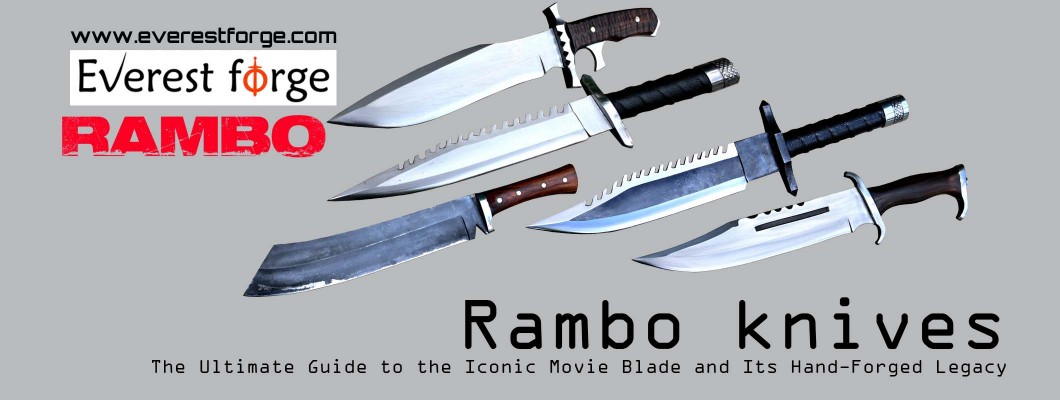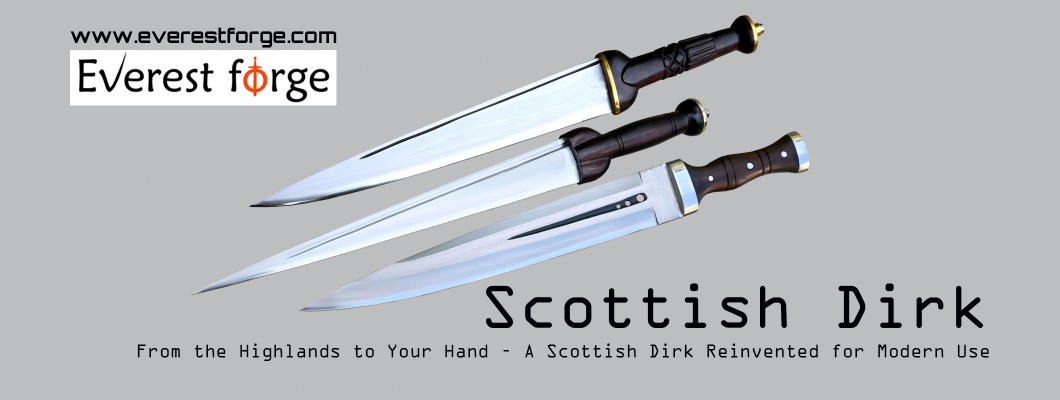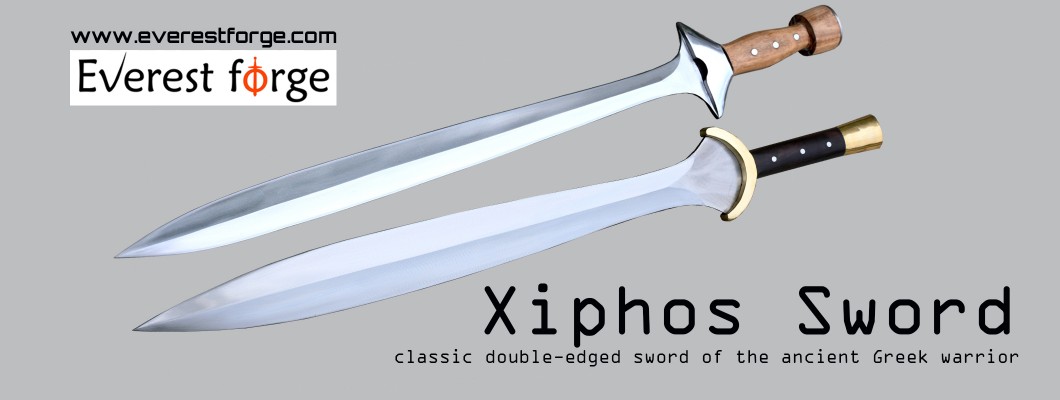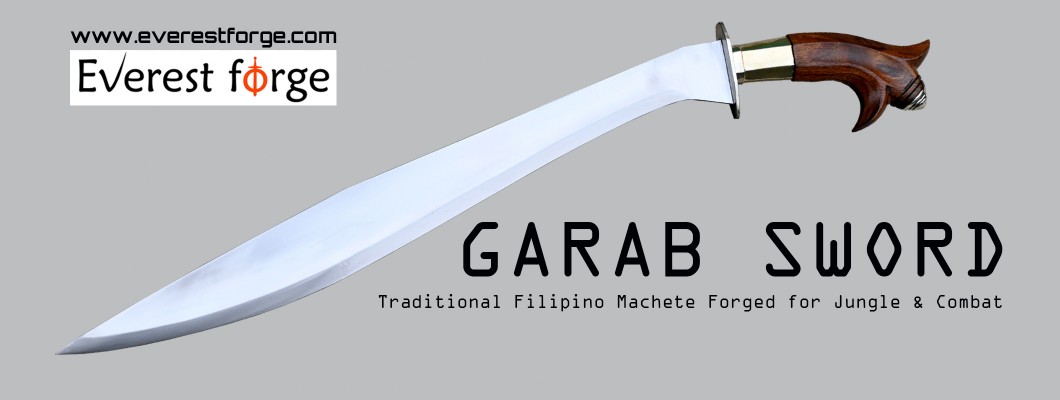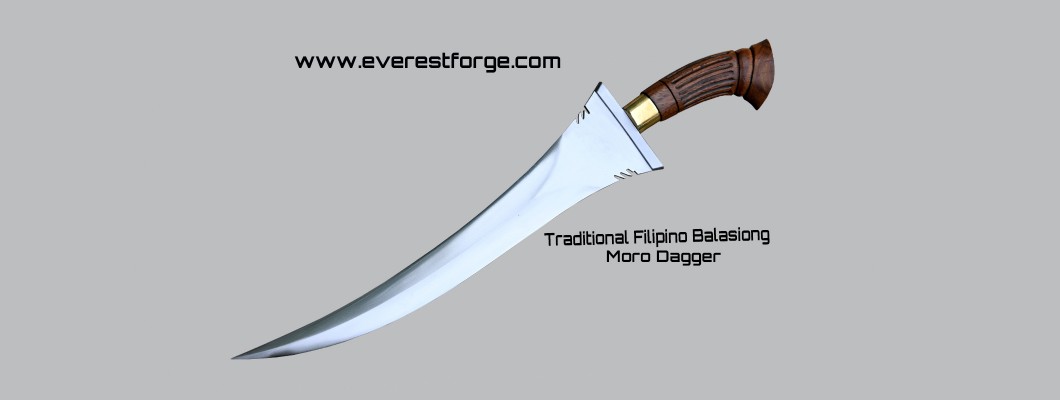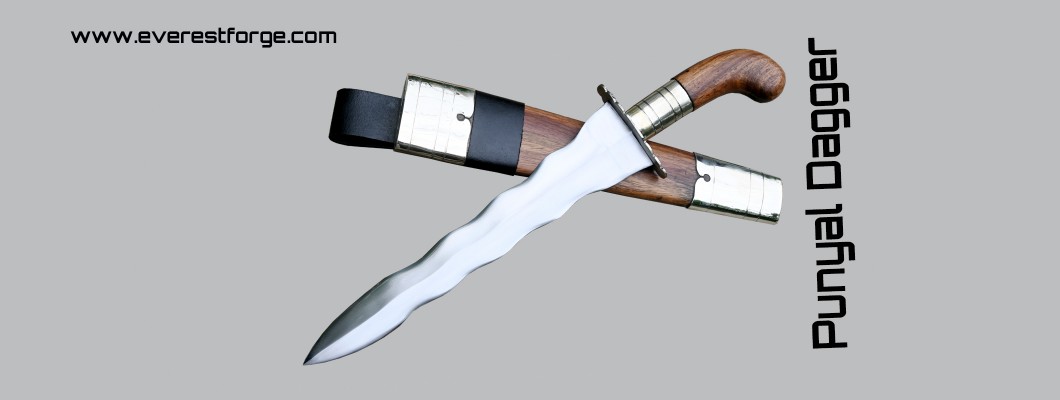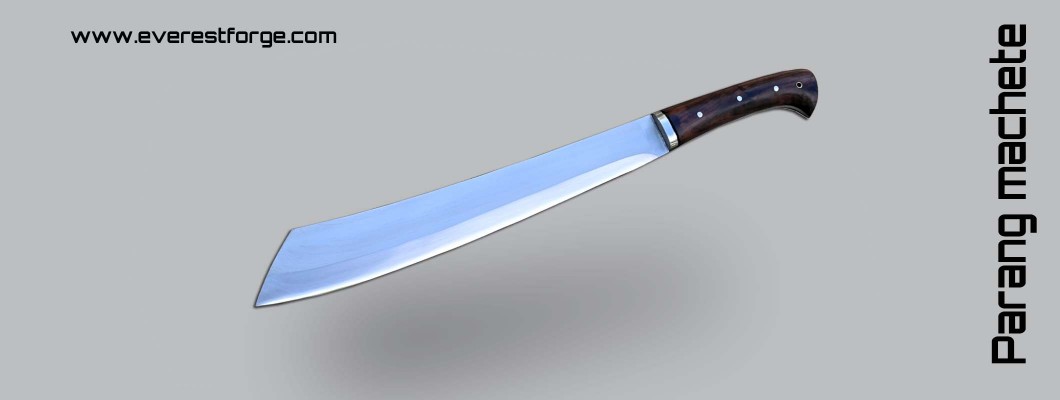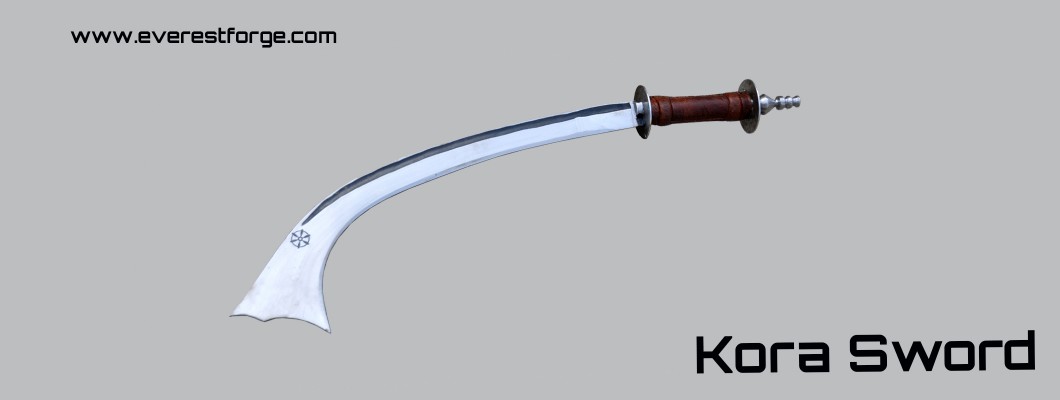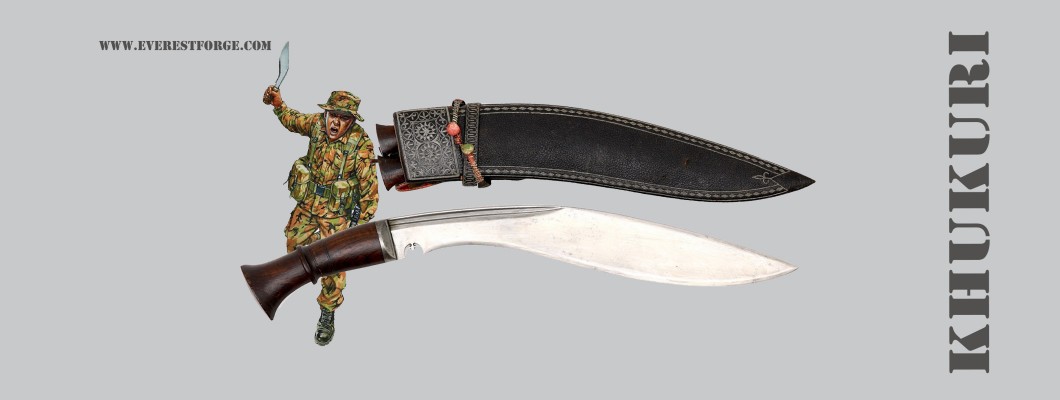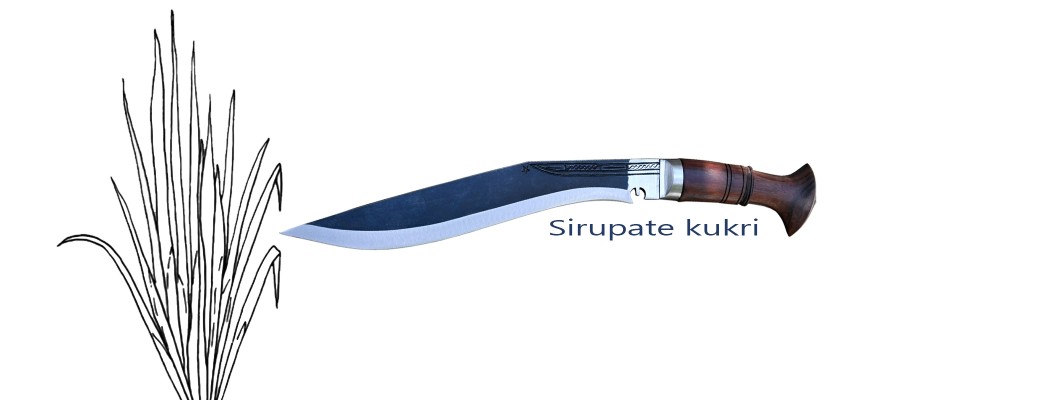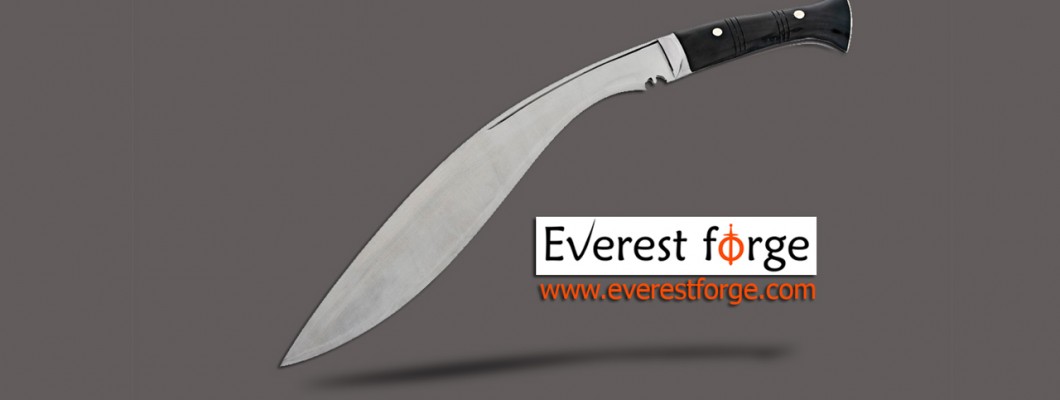Khukuri / Kukri FAQ
The khukuri, also known as the kukri, is a legendary knife with a rich history. Originating from Nepal, it is famous for its distinct curved blade. This knife is not just a tool; it is a symbol of bravery and tradition.
The Gurkhas, renowned Nepalese soldiers, have made the khukuri iconic. Its uses range from chopping wood to ceremonial purposes. Each khukuri is unique, with various types designed for specific tasks.
Understanding the khukuri involves knowing its parts, like the blade, notch, and handle. Proper care and maintenance are crucial for its longevity. Legal considerations are also important when buying or owning a khukuri.
This FAQ will guide you through everything you need to know about the khukuri. From its history to buying tips, we cover it all. Whether you're a collector or an adventurer, this guide is for you.
What is a Khukuri (Kukri)? History and Origins
The khukuri, also spelled kukri, is a traditional Nepalese knife. It features a distinctive curved blade which makes it stand out. This unique knife has been a part of Nepal's cultural fabric for centuries.
The khukuri is more than just a weapon. It serves numerous purposes, both practical and ceremonial. Historically, it has been used in agriculture, rituals, and military settings.
The origins of the khukuri can be traced back to ancient times. It is believed to have evolved from similar weapons used during the time of Alexander the Great. Through the years, the khukuri's design has been refined to meet the needs of its users.
Its prominence rose with the fame of the Gurkhas, elite Nepalese soldiers known for their courage. Their use of the khukuri in combat enhanced its reputation worldwide.
Key Features of the Khukuri
- A forward-curving blade
- A strong spine
- A distinctive notch near the handle
Difference Between Khukuri and Kukri
The terms "khukuri" and "kukri" refer to the same knife. The difference lies solely in the spelling, influenced by language variations and transliteration methods. Both names are accepted and used interchangeably by enthusiasts.
- Same iconic curved blade
- Associated with the Gurkhas
- Used for similar purposes in Nepalese culture
Parts of a Khukuri: Blade, Notch, Handle, and Sheath
Understanding a khukuri's anatomy is key to appreciating its craftsmanship.
- Blade: Curved, high-carbon steel that enhances cutting efficiency.
- Notch: Helps stop liquids, provides balance, and holds symbolic value.
- Handle: Made from wood or horn; ensures a secure grip.
- Sheath: Traditionally wood or leather; may include Karda and Chakmak.
Types of Khukuri Blades and Their Uses
Khukuri blades come in various types, each designed for specific tasks.
- Standard Service Issue: Multi-use, military.
- Sirupate: Precision cutting.
- Bhojpure: Heavy-duty tasks.
What is the Notch on a Khukuri For?
The small notch near the base of a khukuri blade, known as the "cho", serves several purposes:
- Prevents blood or sap from reaching the handle.
- Symbolizes Lord Shiva’s trident.
- Assists in blade balance and cutting efficiency.
Karda and Chakmak: The Accompanying Knives
- Karda: A small utility knife for skinning or fine cutting tasks.
- Chakmak: Used for honing the blade and striking fire with flint.
How is a Khukuri Forged in Nepal?
Forging a khukuri is an age-old craft:
- High-carbon steel is selected and heated.
- Hammering shapes the iconic curve.
- Quenching in water hardens the blade.
- Sharpening provides the final edge.
- The handle is attached to complete the process.
Full Tang vs Rat Tail Tang Khukuri
- Full Tang: Strong, durable, extends through the handle.
- Rat Tail Tang: Narrow, lighter, and may be less durable under stress.
How to Use a Khukuri: Techniques and Safety
- Grip: Hold firmly but comfortably.
- Swing: Controlled, fluid motion.
- Awareness: Maintain a clear space while swinging.
- Maintenance: A sharp blade is safer than a dull one.
Khukuri for Jungle Use, Survival, and Chopping Wood
- Path Clearing: Great for dense vegetation.
- Wood Cutting: Splits firewood and branches easily.
- Survival Tool: Versatile for shelter building and food prep.
Khukuri Care and Maintenance
- Cleaning: Wipe dry after use.
- Oiling: Prevents rust.
- Sharpening: Maintain edge with a honing stone or steel.
How to Use Karda and Chakmak
- Karda: Small tasks like carving, skinning.
- Chakmak: Sharpens blade and can strike fire with flint.
Are Kukris Legal? Legal Status Around the World
- United States: Varies by state.
- United Kingdom: Some restrictions apply.
- Australia: Permit may be required.
Always check local laws before purchase or travel with a khukuri.
Where to Buy a Real Khukuri from Nepal (and Online)
- Buy from verified sellers specializing in Nepali khukuris.
- Look for authenticity certificates.
- Read customer reviews and product details carefully.
Khukuri Buying Guide: What to Look For
- Blade: High-carbon steel preferred.
- Handle: Wood or horn with solid grip.
- Tang Type: Full tang preferred for durability.
Frequently Asked Questions About Khukuri/Kukri
- What are the uses of a khukuri? – Versatile for cutting, chopping, ceremonial, and combat uses.
- How can I maintain a khukuri? – Clean, oil, and sharpen regularly.
- Is owning a khukuri legal? – Check local regulations.
Conclusion: The Enduring Legacy of the Khukuri
The khukuri remains a symbol of pride and tradition, bridging past and present with its powerful design. Its role in cultural ceremonies and practical tasks highlights its versatility and timelessness.
As collectors and adventurers continue to explore the khukuri's potential, its significance only grows. Embracing both its historical roots and modern utility ensures that the khukuri's legacy will endure for generations to come.

